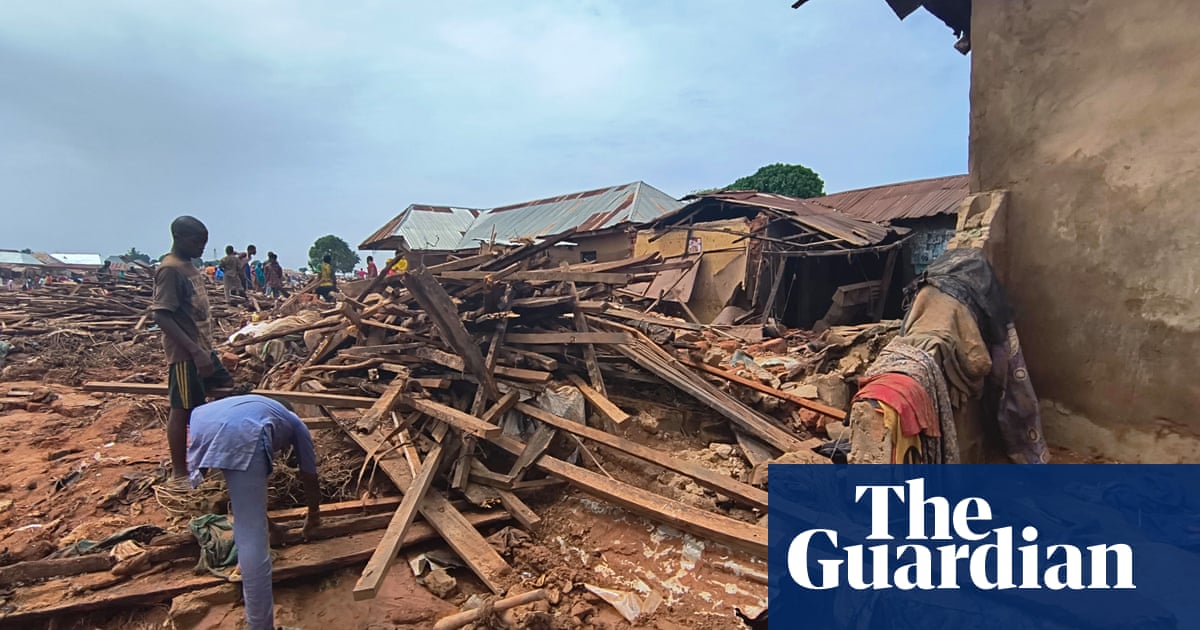Significant flooding affected Nigerialast week, with more than 150 deaths reported so far. Heavy rain struck the north of the country on Wednesday night and continued into Thursday, leading to flooding along the Niger River, displacing thousands and destroying hundreds of homes. The district head said it was the region’s worst flood in 60 years.
Heavy rain is not unusual at this time of year in Nigeria. The country has a tropical climate and is influenced by the west African monsoon, with the wet season running from April until October. This type of seasonality is linked to land-sea temperature differences, alongside the shiftingintertropical convergence zone(ITCZ), a band of low pressure roughly around the equator that shifts north and south with the angle of the sun.
From March to September, the sun favours the northern hemisphere, meaning there is greater incoming solar radiation here during this time. As land heats up faster than water, this creates surface low pressure over westAfricaas air ascends over the region, which then allows moister air to move in from the Atlantic to later fall out as rain.
Additionally, the ITCZ moves northwards during the northern hemisphere summer, meaning this region of low pressure is now situated over north Africa, allowing for more precipitation there. In contrast, during the northern hemisphere winter, the ITCZ shifts southwards, leading to drier conditions in west Africa under higher pressure.
This week, Niger andNigeriawill continue to experience rainfall but also below-average temperatures. These will fall about 10C below normal early this week, with daytime maximums in the mid to high 20s compared with a climate average of mid- to high 30s Celsius.
Northern Africa also had some extreme weather, with a severe summer storm hitting Alexandria inEgypton Saturday. The city was battered by heavy rain, strong winds and hail, which flooded the streets and caused power outages.
Sign up toDown to Earth
The planet's most important stories. Get all the week's environment news - the good, the bad and the essential
after newsletter promotion
The conditions were attributed to a cold front linked to an area of low pressure that moved into Egypt over the weekend. The cold front introduced moisture and forced the warm air to rise, which later condensed, forming storm clouds. Although storms are common there in the winter and spring, they occur less frequently closer to summer.
